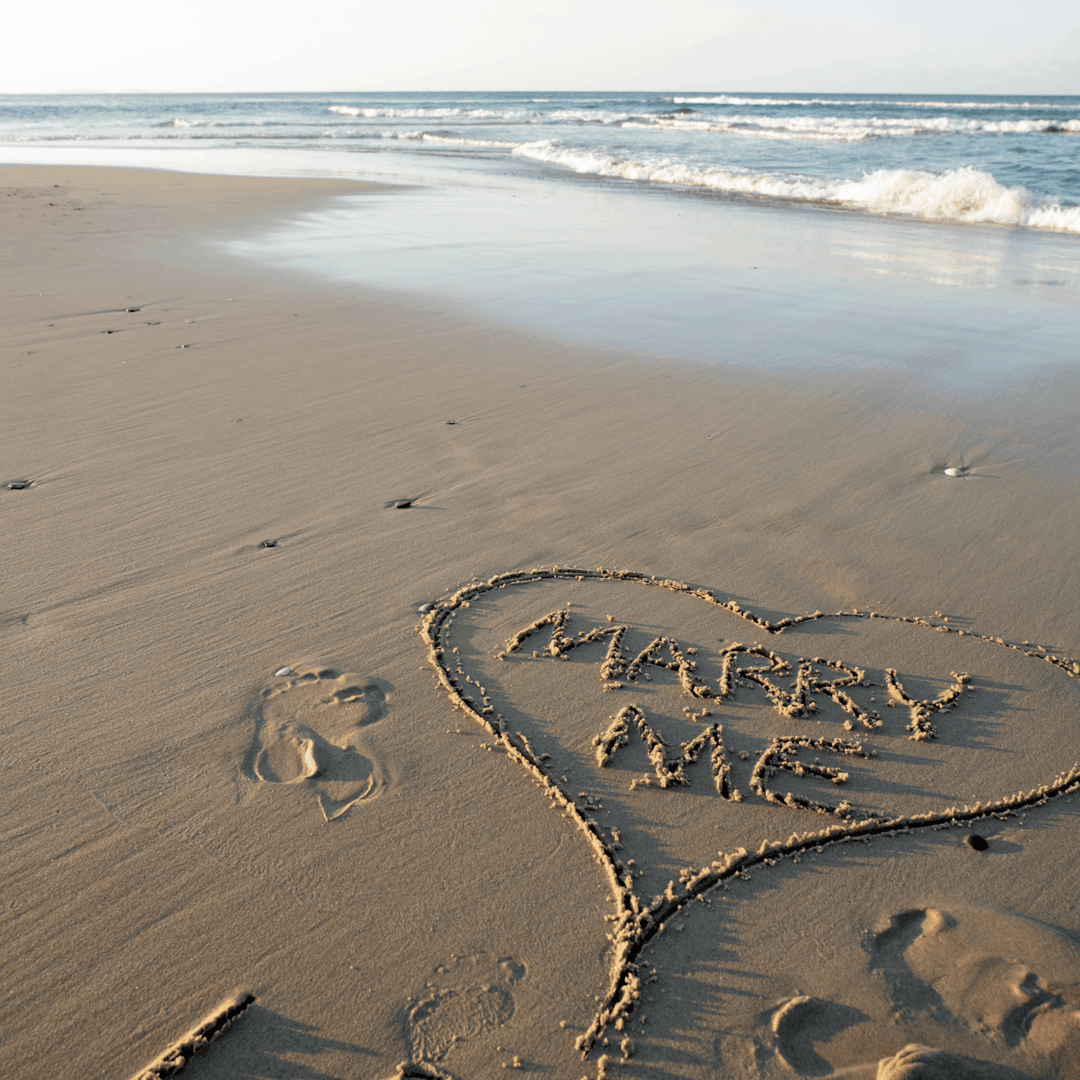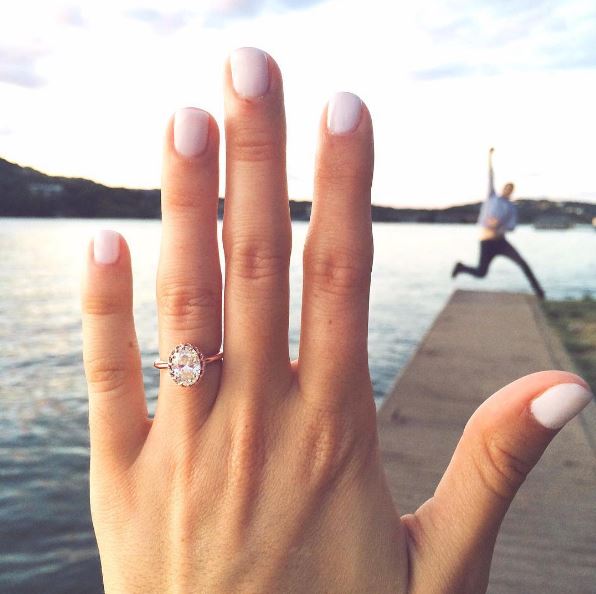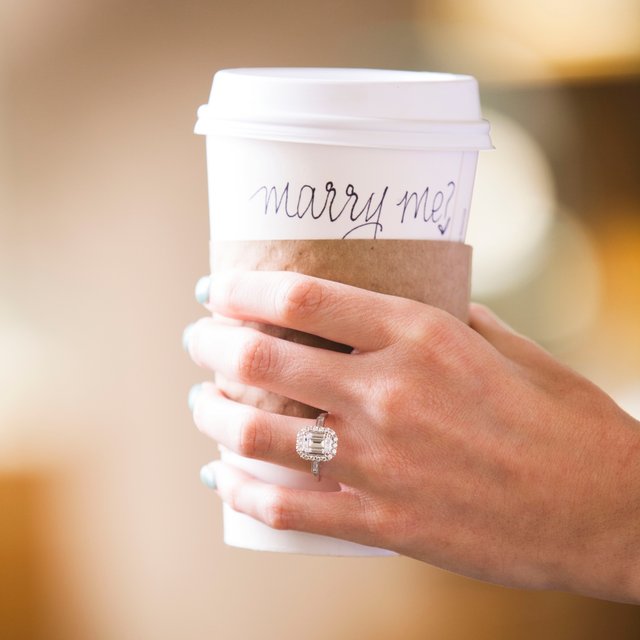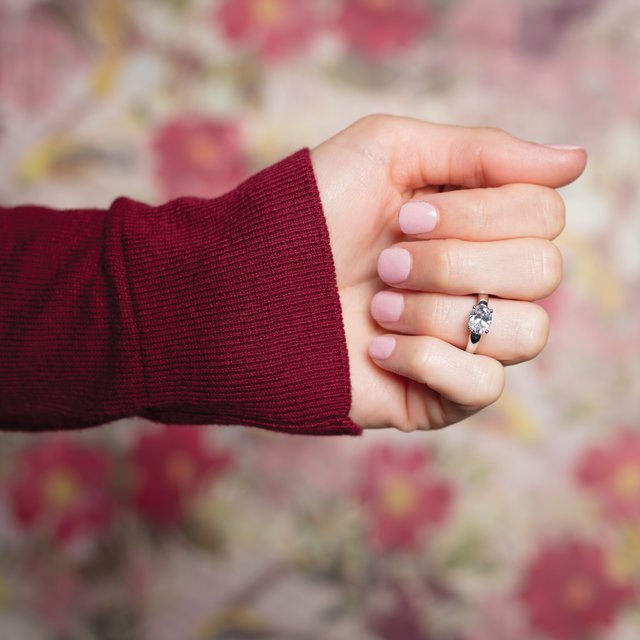Choosing the perfect gemstone for your engagement ring can be a daunting process, with concerns about cost, quality, ethics, and sustainability. Luckily, there are plenty of options available to fit every budget and personal preference.
Diamond?
If a traditional mined diamond is what you have in mind, but you're worried about its ethical and sustainable credentials, then consider a CanadaMark® diamond. These diamonds are tracked through every stage of the production process, from the mine of origin to the polished stone, ensuring complete transparency and peace of mind. CanadaMark® diamonds are not "blood diamonds" and offer a responsible choice for those who prioritize ethical sourcing.

Lab Grown?
If you're open to other options, lab-grown diamonds and gemstones, i.e. sapphire and ruby, are an excellent alternative. These diamonds and gemstones are created in a lab using the same heat and pressure conditions that occur naturally in the earth, resulting in stones that are chemically and physically identical to the mined ones. Lab-grown diamonds and gemstones are also typically more affordable, making them a great choice for those who need to stick to a budget.
Moissanite?
Moissanite is a popular alternative to diamond, with its own unique properties and characteristics. While not a diamond, moissanite is a beautiful and durable gemstone with even more fire and brilliance than diamond. An excellent option to achieve a larger stone on a tight budget.
Flexible Engagement Ring Designs
Your ring. Your Way!
- Select ring design, gemstone shape, and alloy.
- Set with Diamond, Lab Grown Diamond, Moissanite, or Gemstone.
- Submit your inquiry.
We are more than happy to help you find the perfect gemstone for your engagement ring. Whether you have a high-end or more modest budget, we have eco-friendly options available to suit your needs. Don't hesitate to reach out if you have any questions or need help selecting the perfect stone.
Questions? Contact Us
The Diamond 4 C's
Diamonds are renowned for their ability to transmit light and sparkle so intensely. We often think of a diamond's cut as shape (round, emerald, pear), but a diamond's cut grade is really about how well a diamond's facets interact with light.
Precise artistry and workmanship are required to fashion a stone so its proportions, symmetry, and polish deliver the magnificent return of light only possible in a diamond.
The quality of cut is crucial to the diamond's final beauty and value. And of all the 4Cs, it is the most complex and technically difficult to analyze.
The GIA Cut Grading System for the standard round brilliant diamond evaluates seven components. The first three, brightness, fire, and scintillation, consider the diamond's overall face-up appearance. The remaining four, weight ratio, durability, polish, and symmetry, assess a diamond's design and craftsmanship.
- BRIGHTNESS - Internal and external white light reflected from a diamond.
- FIRE - The scattering of white light into all the colors of the rainbow.
- SCINTILLATION - The sparkle a diamond produces, and the pattern of light and dark areas caused by reflections within the diamond.
The colour evaluation of most gem-quality diamonds is based on the absence of colour. A chemically pure and structurally perfect diamond has no hue, like a drop of pure water, and consequently, a higher value. GIA's D-to-Z colour-grading system measures the degree of colourlessness by comparing a stone under controlled lighting and precise viewing conditions to masterstones of established colour value.
GIA's D-to-Z colour-grading scale is the industry's most widely accepted grading system. The scale begins with the letter D, representing colorless, and continues, with increasing presence of colour, to the letter Z.
Many of these colour distinctions are so subtle that they are invisible to the untrained eye; however, these distinctions make a very big difference in diamond quality and price.
Diamonds are the result of carbon exposed to tremendous heat and pressure deep in the earth. This process can result in a variety of internal characteristics called 'inclusions' and external characteristics called 'blemishes.'
Evaluating diamond clarity involves determining the number, size, relief, nature, and position of these characteristics, as well as how these affect the overall appearance of the stone. While no diamond is perfectly pure, the closer it comes, the higher its value.
The GIA Clarity Scale has 6 categories, some of which are divided for a total of 11 specific grades.
Many inclusions and blemishes are too tiny to be seen by anyone other than a trained diamond grader. To the naked eye, a VS2 and an SI1 diamond may look exactly the same, but these diamonds are quite different in terms of overall quality. This is why expert and accurate assessment of clarity is extremely important.
Diamond carat weight is the measurement of how much a diamond weighs. A metric "carat" is defined as 200 milligrams.
Each carat can be subdivided into 100 'points.' This allows very precise measurements to the hundredth decimal place. A jeweler may describe the weight of a diamond below one carat by its 'points' alone. For instance, the jeweler may refer to a diamond that weighs 0.25 carats as a 'twenty-five pointer.' Diamond weights greater than one carat are expressed in carats and decimals. A 1.08 carat stone would be described as 'one point oh eight carats.'
All else being equal, diamond price increases with carat weight, because larger diamonds are more rare and more desirable. But two diamonds of equal carat weight can have very different values (and prices) depending on three other factors within the 4Cs: Clarity, Colour, and Cut. It's important to remember that a diamond's value is determined using all of the 4Cs, not just carat weight.




